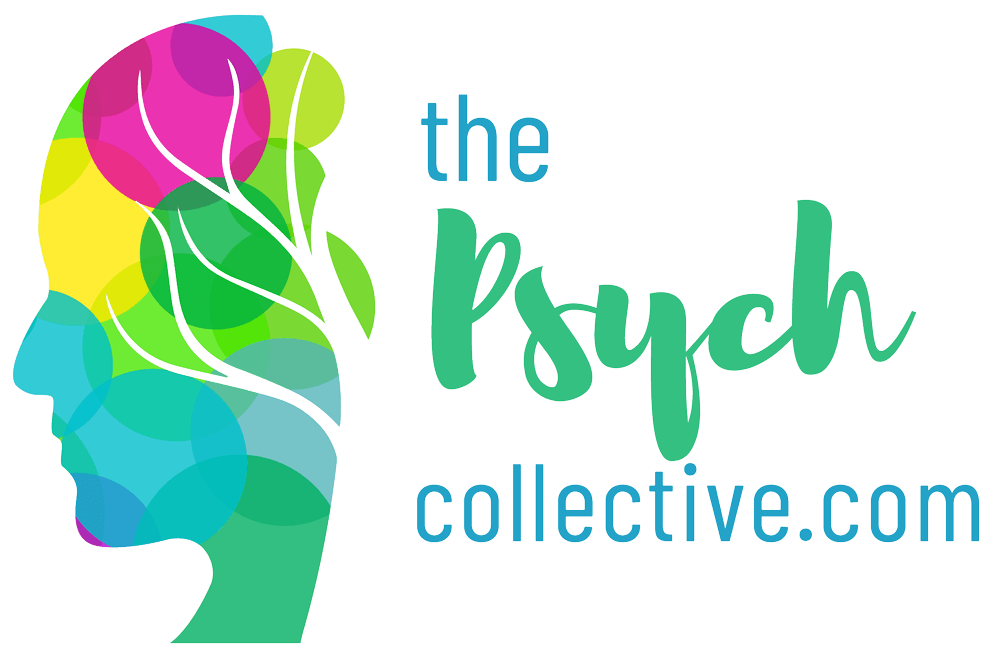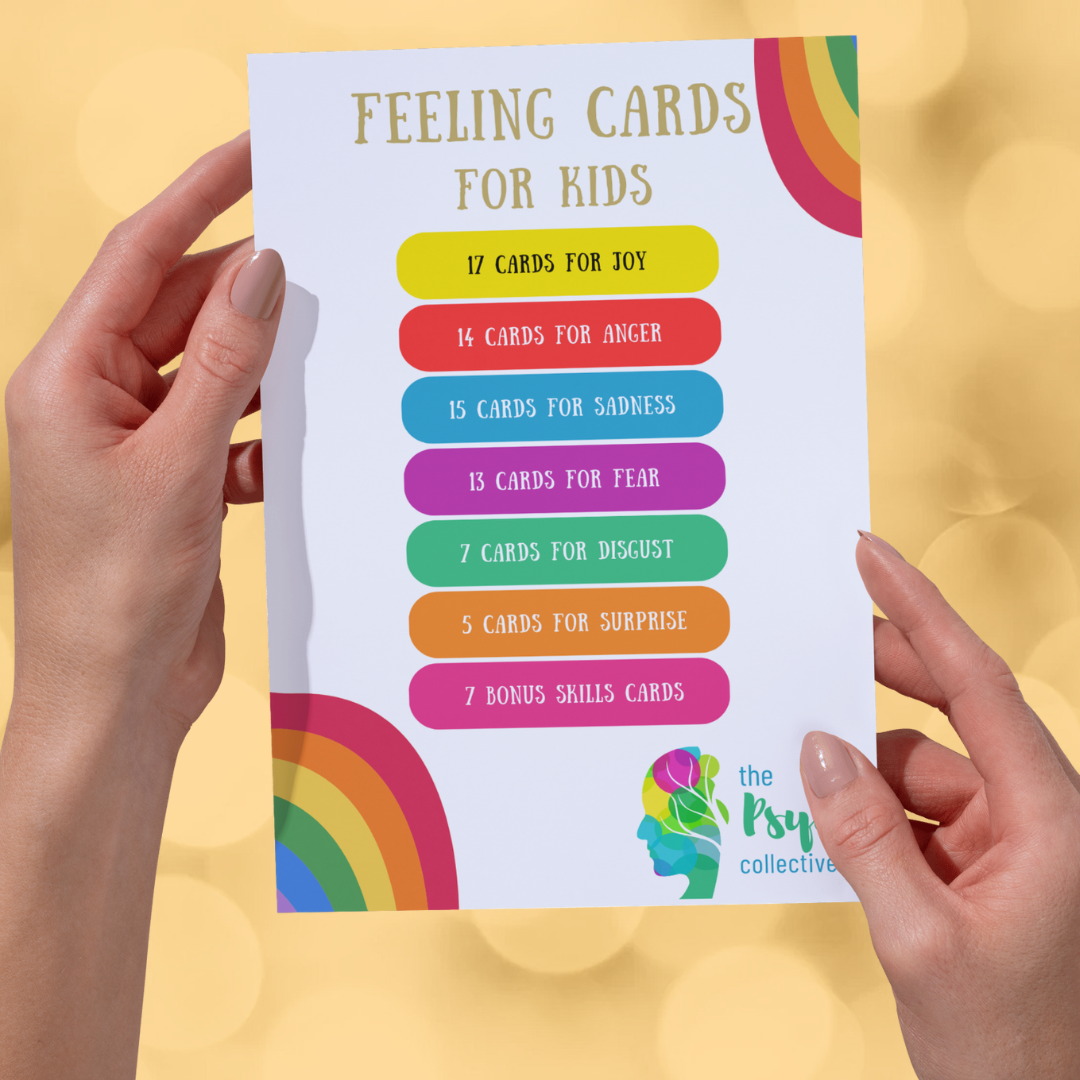Dialectics Demystified
Understanding the Power of "And"
If you've ever struggled to understand the concept of dialectics, you're not alone. Many people find this philosophical concept difficult to grasp. But dialectics is an important concept, especially in dialectical behaviour therapy (DBT), which was developed to treat borderline personality disorder. By understanding dialectics, you can learn to reduce internal conflict and increase emotional regulation.
At its core, dialectics is about holding two opposing ideas in your head at the same time. This may sound confusing or even impossible, but it's a powerful tool for managing difficult emotions. Instead of swinging back and forth between two extremes, you can find a middle ground and reduce the dissonance that comes from conflicting thoughts and feelings.
The pendulum swing is a common phenomenon for people with borderline personality disorder (BPD) and other diagnoses. They may feel overwhelmed by their emotions one moment and then shut down completely the next. This back-and-forth can be exhausting and make it difficult to function.
Dialectics proposes a synthesis between two opposing ideas, rather than a choice between them. For example, instead of saying, "I want to get better, but therapy is too hard," you can say, "I want to get better, and therapy is hard." By using the word "and" instead of "but," you acknowledge both truths at the same time. This reduces the internal conflict and makes it easier to move forward.
The power of dialectics is in the word "and." It allows you to hold two opposing ideas at the same time without negating either one. This can be a difficult concept to grasp, but it's essential for managing difficult emotions and reducing internal conflict.
Here are some common dialectics that you may encounter in DBT or in life:
Acceptance and Change
This is one of the most fundamental dialectics in DBT. It's about accepting the things you cannot change and changing the things you can. By finding a balance between acceptance and change, you can reduce stress and increase emotional regulation.
Reality and Possibility
This dialectic is about balancing the reality of the present moment with the possibility of the future. By acknowledging both, you can avoid becoming stuck in negative thinking patterns.
Control and Surrender
This dialectic is about finding a balance between control and surrender. It's important to acknowledge that there are some things you cannot control, and surrendering to this reality can reduce stress and increase emotional regulation.
Self-acceptance and Self-Improvement
Self-acceptance means accepting oneself as they are, flaws and all. Self-improvement means actively working to improve oneself. By holding both ideas, a person can find a balance between accepting themselves as they are while also striving to be the best version of themselves.
Examples of Dialectical Statements
You can feel your emotions AND make choices about how to respond skilfully.
You need to learn how to do things yourself AND you need to ask someone to teach you.
You can share some information about yourself AND keep some information private.
You can give others what they need AND ask for your needs to be met.
You can make mistakes AND still be a good person.
You can make time to do work/chores AND make time for rest/play.
You can want to recover AND want to quit therapy.
Therapists have dialectics that we have to balance too.
Offering you the answers AND letting you figure it out for yourself.
Validating your experience AND challenging you to respond skilfully.
Need More
Check out our video and free handout.
Share
Categories
About Our Resources
We offer actionable resources and teach real skills to help people make meaningful change in managing mental health issues through different modes depending on people's learning preferences including infographics, text, worksheets, handouts and video.












